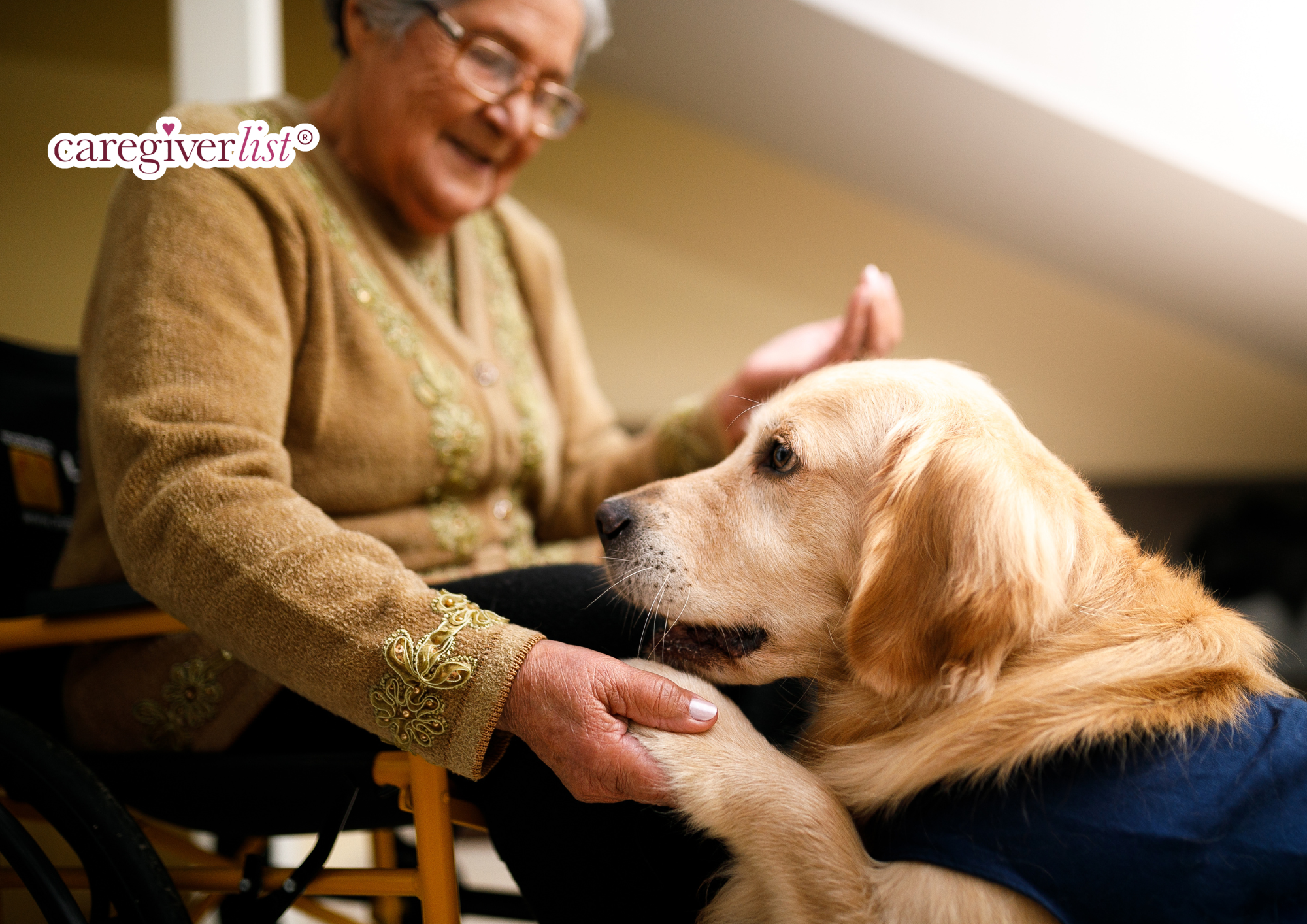Dogs have long been considered as “man’s best friend” because of their loyalty and remarkable companionships. Today, many dogs are trained as “therapy dogs” to provide comfort and support to patients in hospitals, elder care, or other health-care facilities.
These trained dogs connect with patients in special ways, often drawing out responses where communication has been lost. For example, one therapy dog, Eva, a fur baby of Julie Hauser, featured in the article of Fisher Center for Alzheimer’s Research Foundation, helped a patient speak for the first time in five years, illustrating that dogs have a special way of triggering old memories, especially for people who may have owned pets in the past. In some cases, when verbal communication is limited, therapy dogs can establish meaningful connections through non-verbal cues. A patient who may not respond to human interaction might reach out to pet a dog, or simply enjoy their calming presence, helping patients feel more engaged in their surroundings.
In the Philippines, a heartwarming story further exemplifies the support and great companionship dogs provide. A man with a disability relies on his dog not just for companionship but also for physical support. Everyday, his loyal dog helps push his wheelchair, showing that these incredible animals are more than just pets—they are caregivers and life-savers. For people with anxiety and other disorders, dogs also offer emotional support, helping them feel calm and loved.
Therapy dogs and other pets truly make a difference in the lives of those who need them most.







